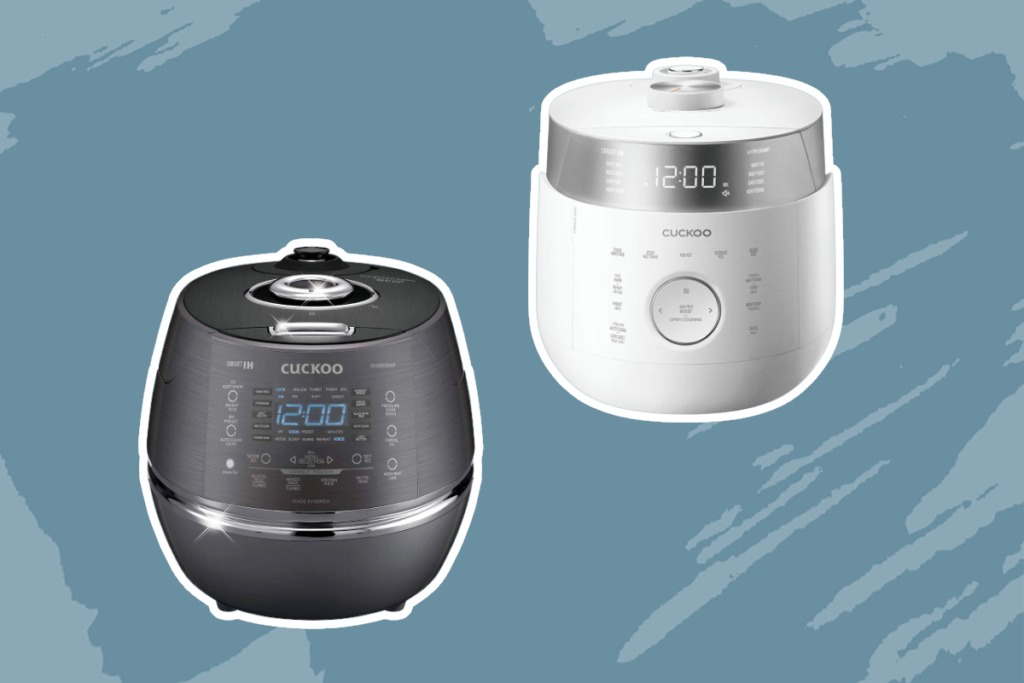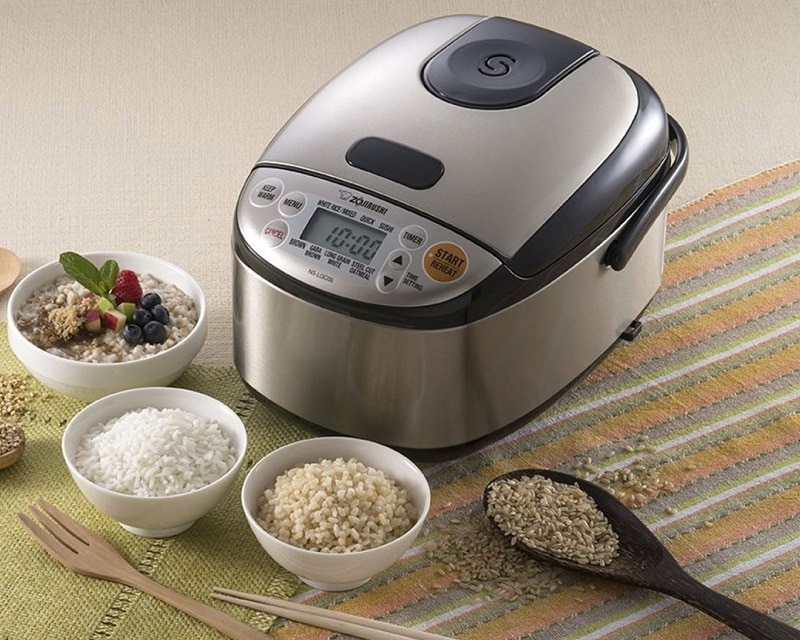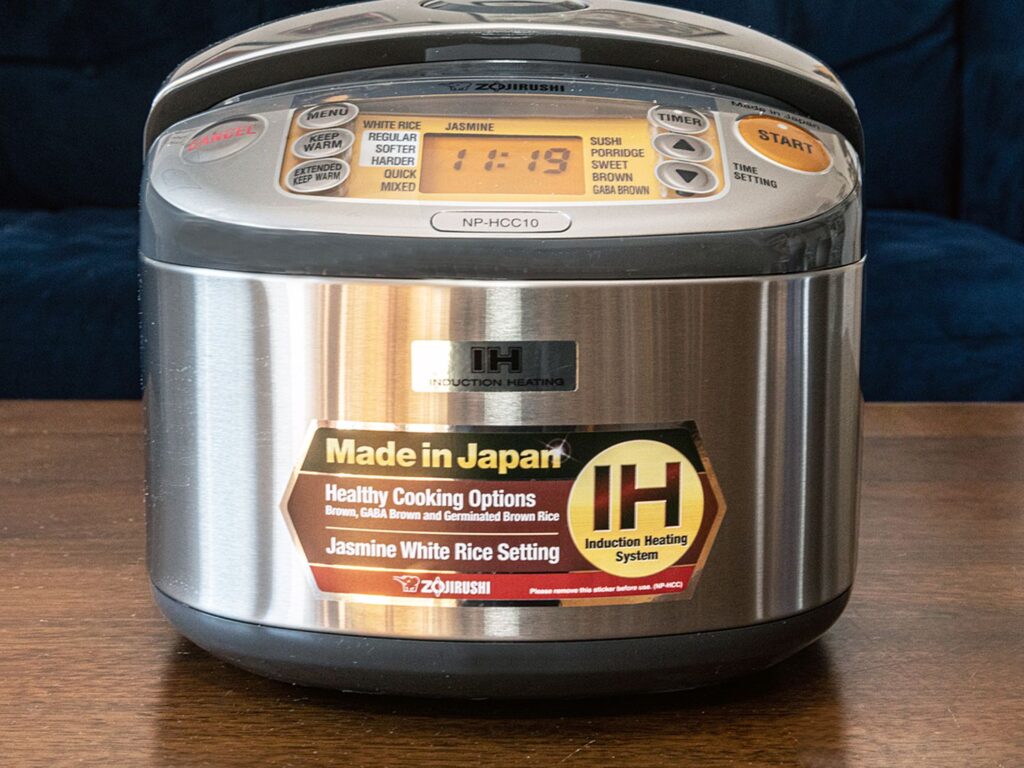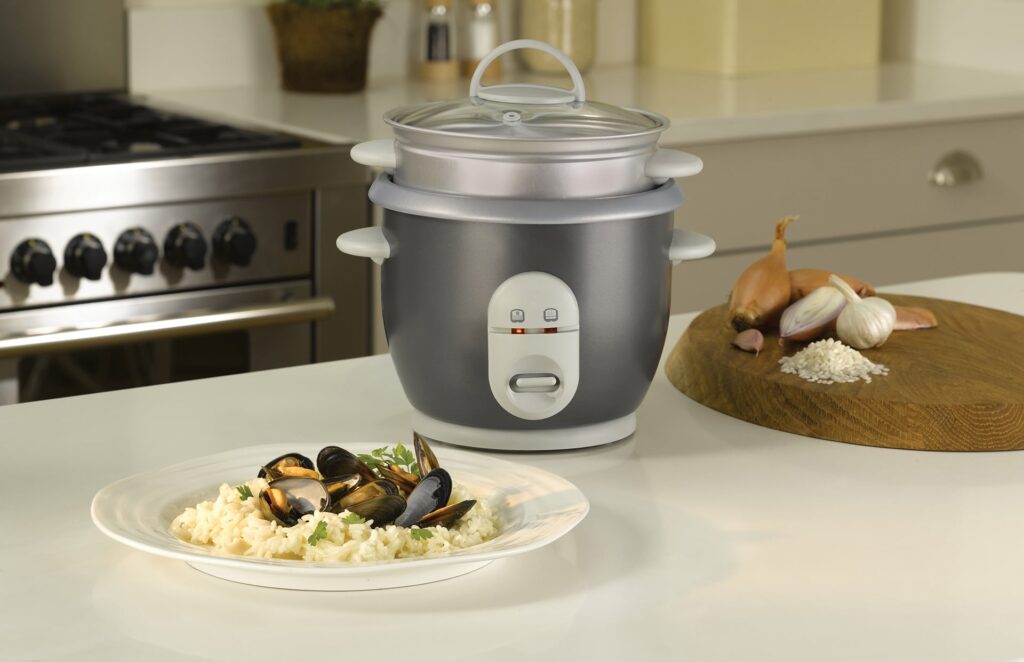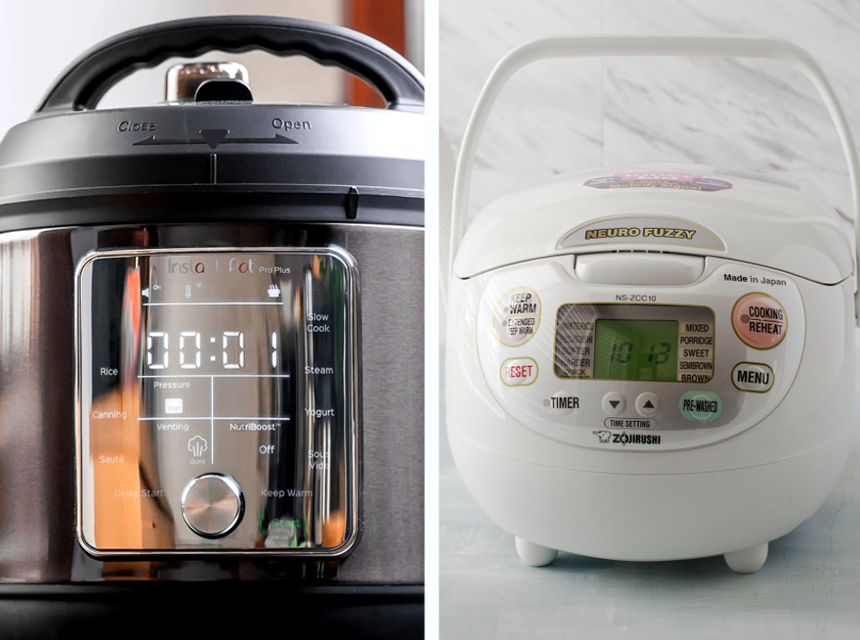A rice cooker has many applications; apart from just cooking rice, you can use it to prepare dishes such as soups, stews, steamed vegetables, oatmeal, lentils, and pasta. Unfortunately, some of these dishes stick or leave stains that are difficult to remove. The advantage of rice cookers is that they are easy to clean once you understand the process.
In this article, we will provide a tutorial with detailed steps on how to clean a rice cooker and the tools you will need for the job to prevent damaging the appliance. While the detachable parts of a rice cooker are dishwasher safe, the electrical components make it dangerous to submerge the whole equipment in water.
Regular maintenance of your rice cooker will increase its longevity and performance, and prevent mold and odor from transferring to your food.
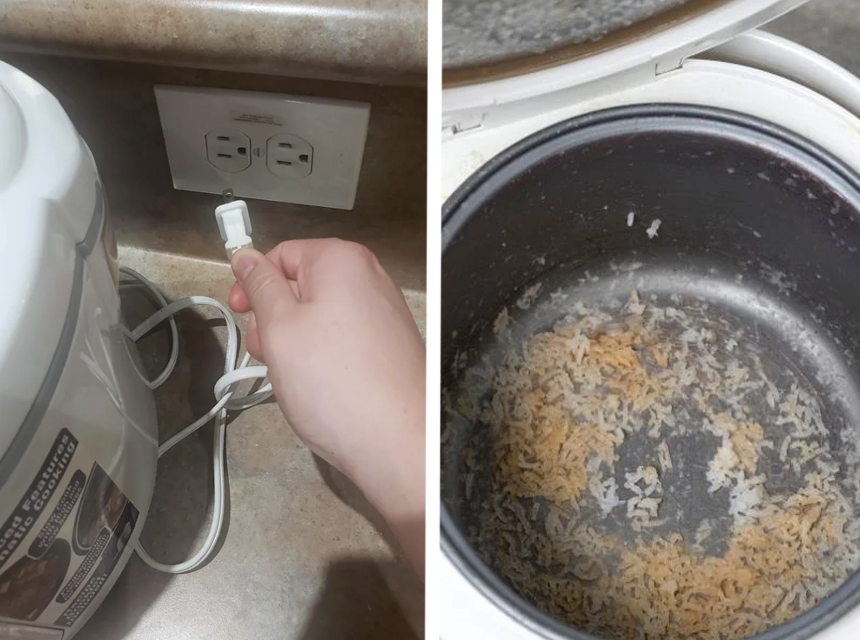
According to the U.S. Department of Agriculture (USDA), rice is a staple food for at least half of the global population, and the largest consumers are Asia, South America and Sub-Saharan Africa.
Before we get into details on how to clean Aroma or Zojirushi rice cookers, we must caution you to always unplug the appliance prior to cleaning it. Rice cookers have electrical parts such as thermostats and heating plates that can be dangerous to mix with water.
Open the lid and allow all the components, including the steam cap and inner pot, to cool down completely. You can wait for an hour before disassembling the rice cooker since some inner components can take a while to cool down. However, we recommend conforming the cooling time in the manual or manufacturer’s website since the time varies according to the size, brand and model of your appliance.
You should start by cleaning the removable components. They include the inner pot, steam cap, inner lid, spatula, and any gaskets.
The cleaning instructions differ according to the brand and model of the rice cooker. However, almost all manufacturers will advise against immersing the main body of the appliance in water or using harsh detergents.
Other dishwasher safe parts that you can remove to clean the best Сuckoo rice cookers are the steamer tray, measuring cup and condensation collector. You can also wash them by hand.
Use both hands to remove the inner pot and inner lid. Lift the steam cap upwards with your finger and set it aside.
Soak the inner pot in the dishwasher or in hot water for at least 10 minutes to loosen the grime and debris.
It is common to find scraps of burnt food in the inner pot and they can be difficult to get rid of once they set in. So, use a brush, soapy sponge or washcloth and hot water to scrape and remove the burnt food. You could also use a spatula or plastic spoon but do not use abrasive cleaners that could scratch the protective non-stick coating.
Next, wipe off any remains of food particles in the inner pot with a sponge.
Clean the other parts, one at a time, with a sponge or soft cloth.
It is important to make sure that the parts have dried completely before you store them or reassemble the rice cooker. Wipe them with a towel and leave them on a dish rack to fully dry.
According to the National Health Service (NHS), you can get food poisoning from the bacteria in uncooked rice. The spores of Bacillus cereus multiply if cooked rice remains at room temperature for an extended period. You could also get ill is from the mold in a rice cooker if you do not clean it properly and regularly.
Below we will provide the steps you should take to clean the various parts of a rice cooker.
To clean an attached lid of the rice cooker, wipe it with a sponge that has been soaked in hot, soapy water and then rinse it.
The process of how to clean Tiger rice cooker lids and other detachable lids is also simple. You can wash the lid in the dishwasher or use a sponge or brush, soap and hot water to clean it.
Use a wet towel or cloth to wipe the inside of the rice cooker. Use a fine mesh steel wool, scouring pad or sandpaper to gently scrub and loosen stubborn residue on the heating element, making sure not to scratch the surface.
Cleaning the hot plate and sensors prevents unevenly cooked rice and prevents the appliance from boiling over. To save time and effort and to enjoy well-cooked meals on demand, we recommend Aroma Housewares Rice Grain Cooker that comes with a 15-hour delay timer for greater flexibility and a Flash Rice function that reduces cooking time by up to 50%.
After scrubbing the Aroma rice cooker hot plate, wipe off the residue with a wet cloth and allow the appliance to dry fully before replacing the inner pot.
Use a soft, moist cloth or sponge to wipe the outside of the rice cooker. You can spray a mild cleaning solution on the cloth, and not on the appliance itself, to remove stubborn stains and residue.
Next, wipe the cord with a dry towel. After that, allow the rice cooker to dry.
Some cookers are available with raised separate buttons while others come with sealed ones. Whichever the case, be careful as you wipe the exterior because your rice cooker might short circuit if the water or cleaner gets into the electrical parts. As previously mentioned in our guide on how to clean rice cookers with attached lids, you should wipe the lid; that prevents moisture from leaking into the sensitive components.
Even the best Zojirushi rice cookers with numerous positive ratings can develop internal circuit issues if moisture seeps into the internal parts, including the electric base. That’s why we strongly recommend wiping away any moisture with a dry towel after you clean rice cooker lids and other components and then allowing the cooker to dry completely before you reuse it.
Unplug your rice cooker before you clean it or whenever it is not in use, unless you have set it on warm mode for rice that you have already cooked. Also, avoid soaking the appliance itself in water and confirm with the manual about the parts that you can remove and how you should clean them.
The following are more tips that will help you learn how to clean Tiger rice cooker lids as well as inside and outside of other rice cooker brands.
Every now and then, we receive queries on how to clean rice cookers with mold using vinegar. Food that accumulates in the cooker over time when you do not clean the appliance regularly can cause mold and odor.
The Centers for Disease Control and Prevention recommend washing utensils with hot, soapy water after meal preparation for food safety. You should also clean your rice cooker after every use because old stains and burnt food might be difficult to remove if they remain for long in the rice cooker. The baked on residue can also affect the performance of your cooker.
You should remove leftover rice inside the rice cooker by wiping it off with a moist cloth and wash the detachable parts by hand or in a dishwasher to clean rice cooker lids, inner pot and condensation collectors.
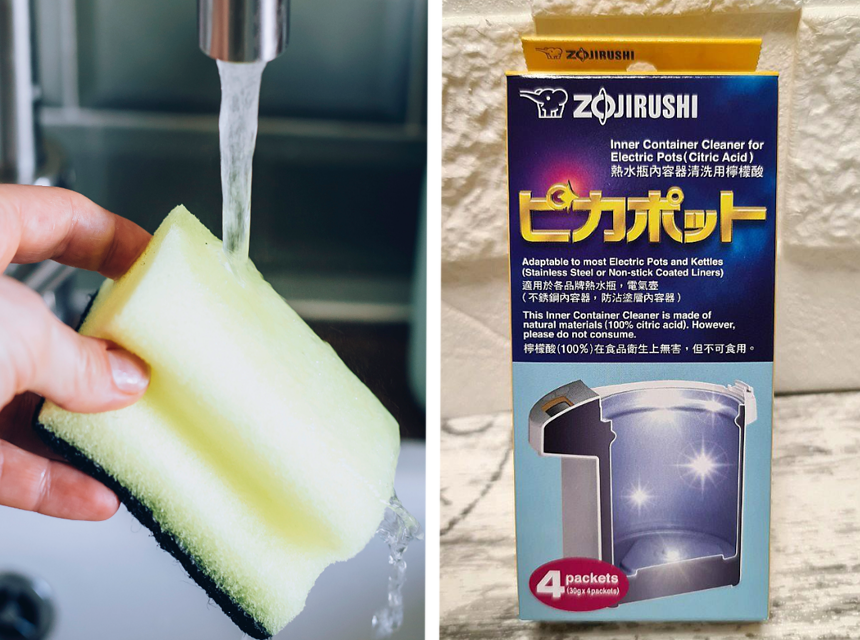
Rice cookers come with delicate non-stick surfaces and electrical parts that you could damage by improper care such as using abrasive cleaners or metal utensils or exposing the inner components to moisture. Use high-quality sponges and gentle cleaners like the non-toxic and biodegradable Zojirushi Cleaner that is available in four packets of lemon-scented powder.
How you clean Aroma rice cookers would be different from cleaning a Cuckoo rice cooker because they are different brands. To be on the safe side, always consult your manual for specific instructions on maintenance. The manual will also indicate the parts that are dishwasher safe and the type of cleaners you can use for your rice cooker.
You can easily clean a rice cooker with white vinegar and water by mixing one part vinegar with three parts of water. Next, use boiling water and a mild detergent to remove the mold inside the cooker. You might have to use a commercial cleaner that is compatible with your rice cooker to remove persistent mold.
Unless you own the best rice cooker and you maintain it properly, the residue from burnt food on the heating element can develop an odor. If you find yourself in this situation, you can get rid of the smell by wiping the cooker with a cloth that has been soaked in water and vinegar solution. Soak any removable parts that have been affected by the smell in the same solution for about 15 minutes and then rinse with soap and water.
We hope that this article has been helpful in teaching you how to clean a rice cooker. As with any appliance, it is important to keep it clean in order to ensure its longevity and performance. With proper care and cleaning, your rice cooker should provide you with years of delicious meals.
